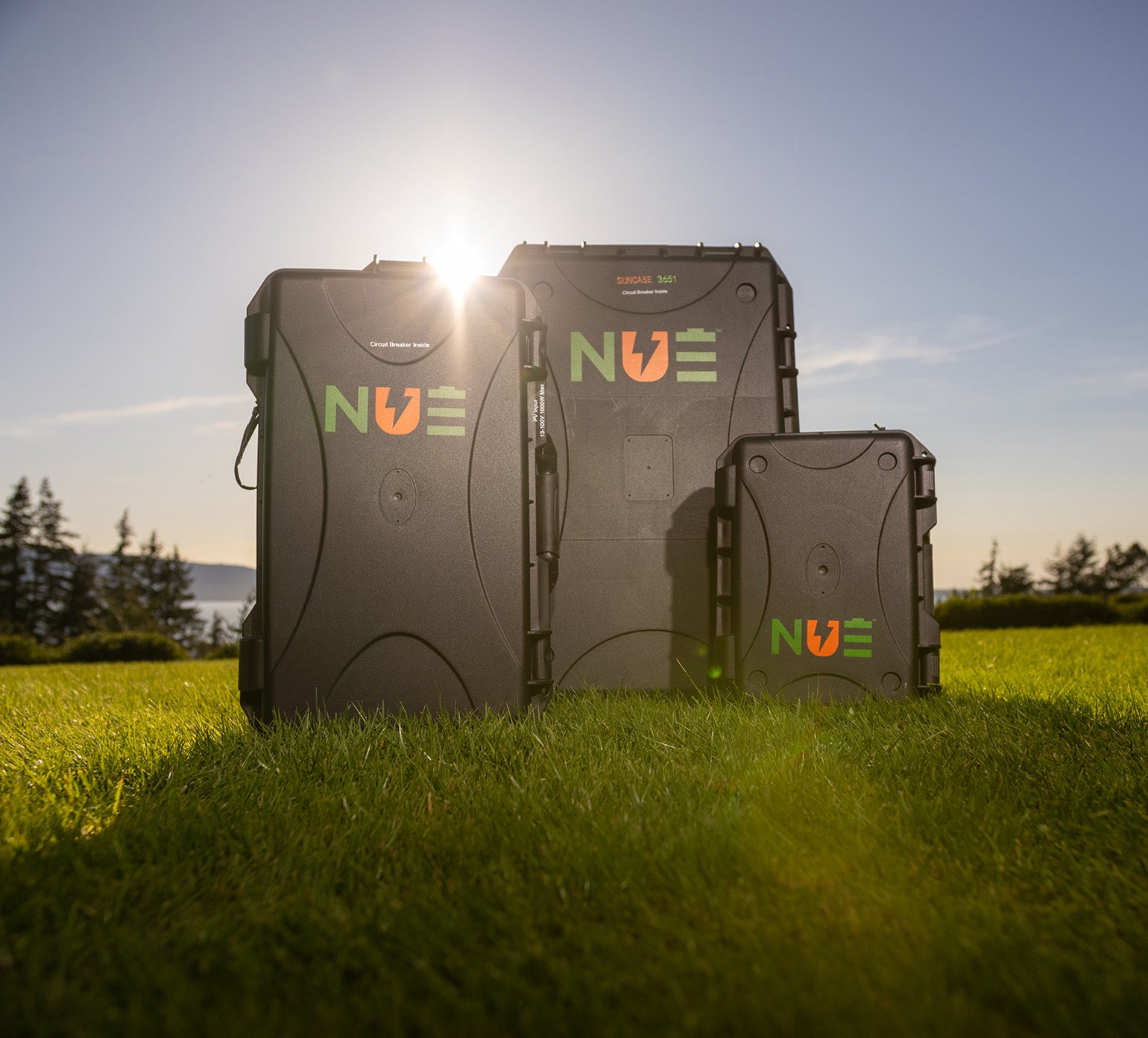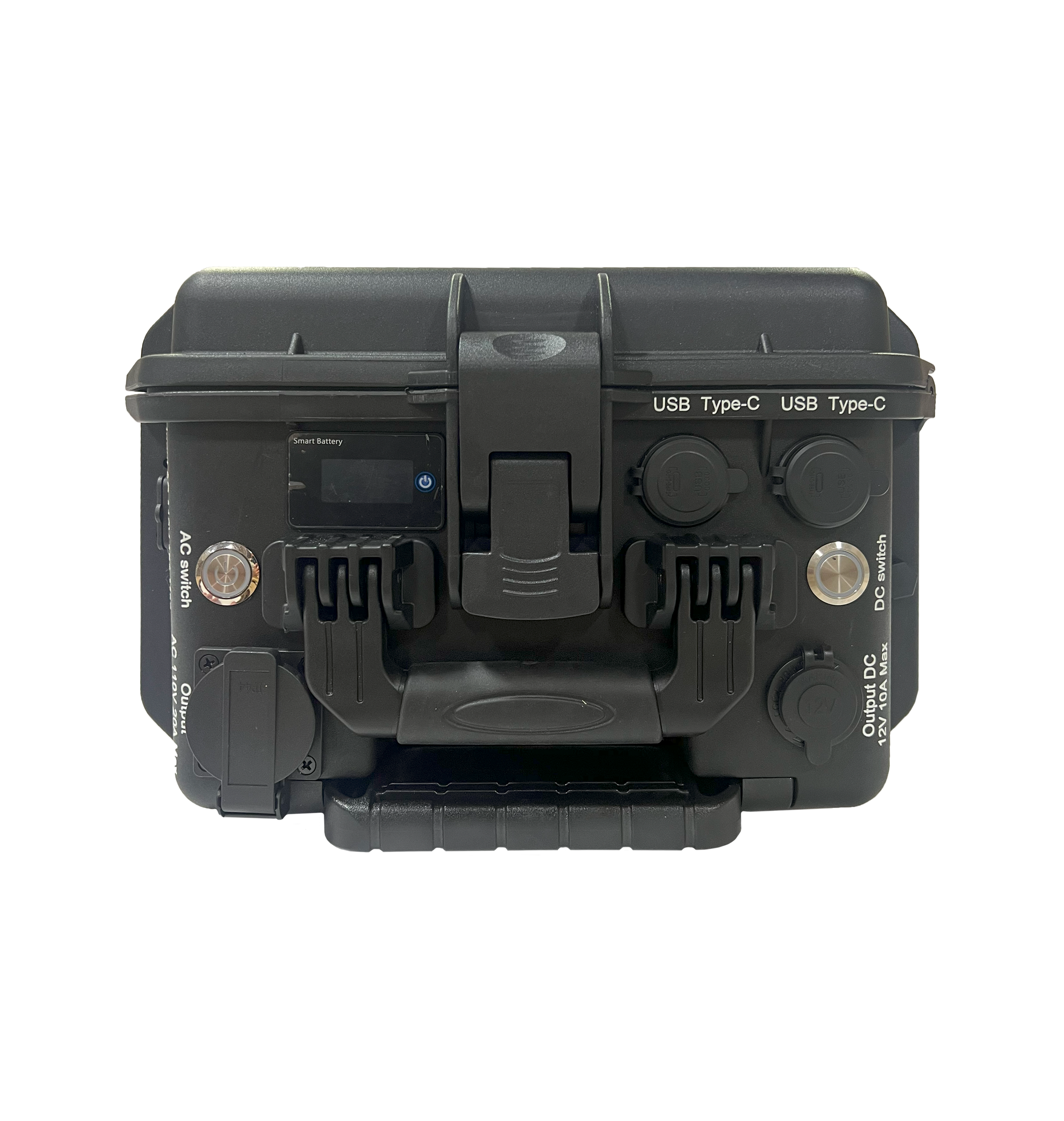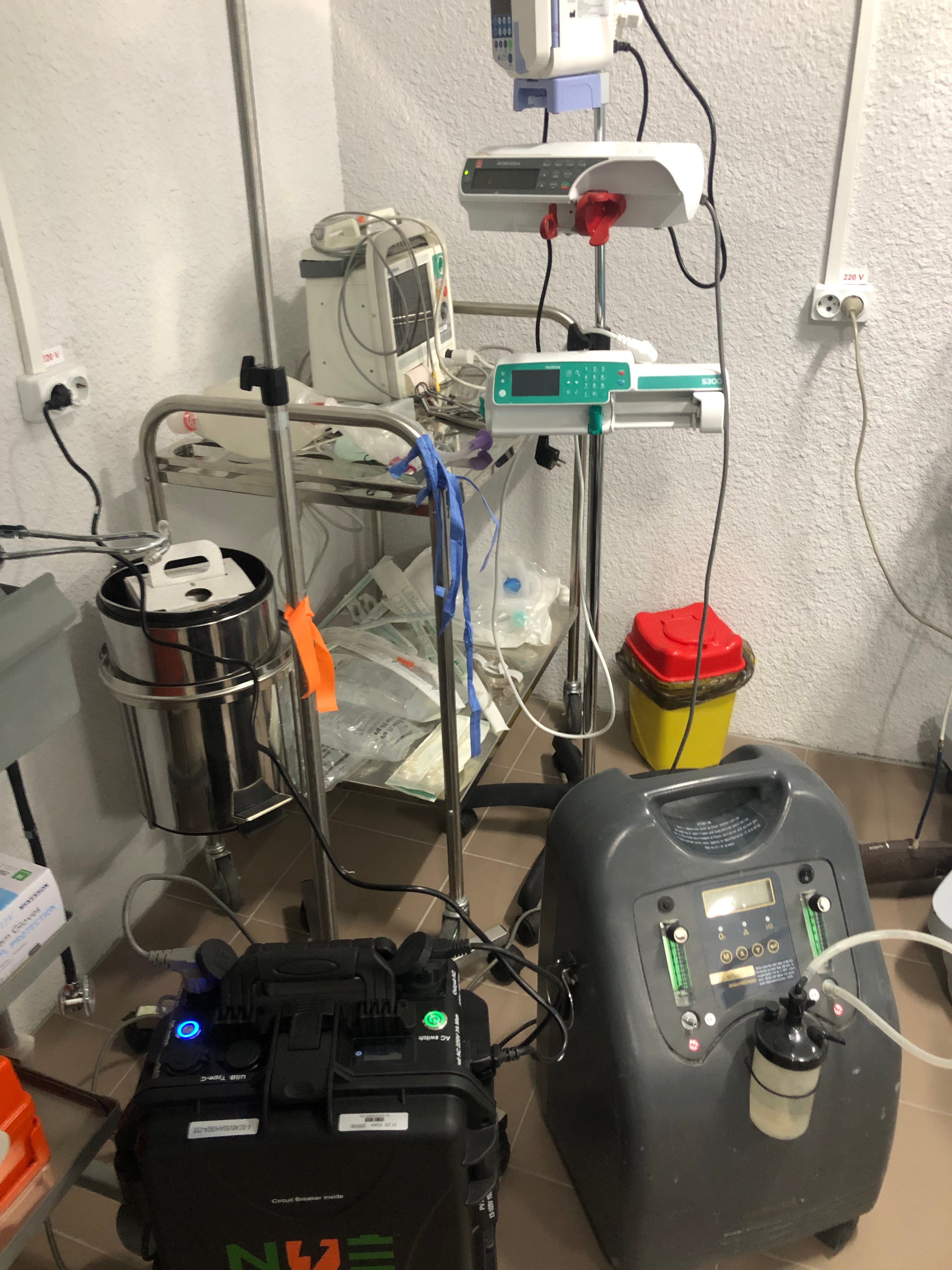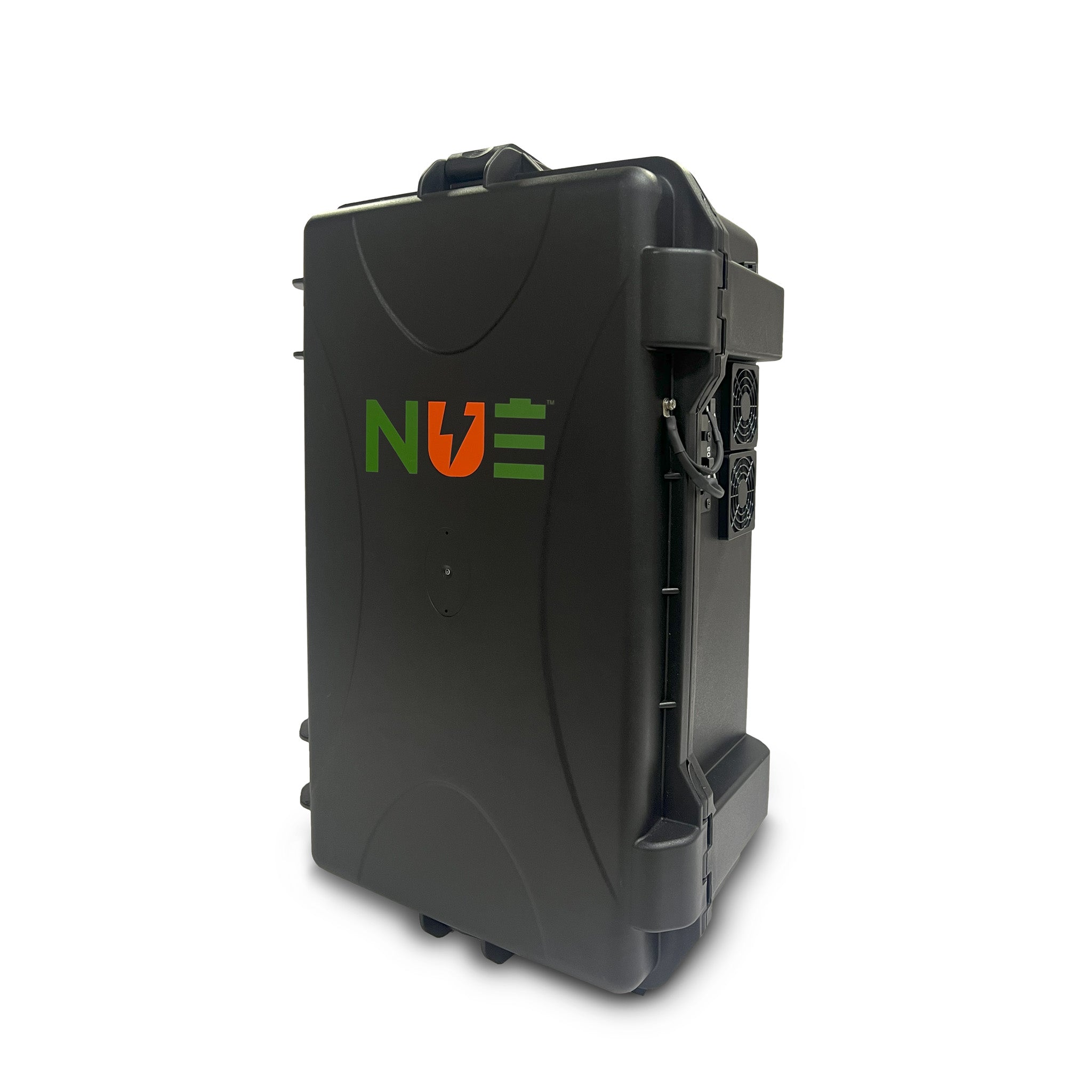SunCase™ 2425
$3,200.00
Unit price
Quantity
A “one-person carry” battery generator capable of running any 120V appliance with a small footprint for transportation. This rugged 20A/2400W/ 2560Wh unit can charge from virtually any full-size solar panel (up to 400W/ 55V DC) with external AC charging options. Our SunCase line offers professional-grade lithium power in a tough yet ultra-portable case. This mobile case can be used indoors, on rooftops, and in vehicles. It’s designed to be easy to use and require no maintenance. It offers both 20Amp AC, 48V DC, USB, and USB-C ports. Use our SunCases for anything you’d typically use a generator without the noise and inconvenience.
Ask a question to a portable power expert!
Product Benefits
Rugged
Handles harsh operating and transportation environments.
Fast Recharging
Can accept both solar and / or AC charging simultaneously.
Connect Up To 3 Units
In parallel to provide 3X runtime.
Bluetooth App
Comes with a convenient easy-to-use Bluetooth App.
Small Footprint
Small physical footprint relative to output and battery capacity.
Conforms to IP55
Thermoplastic fire retardant, tough, weather resistant pelican-style case.
Sensitive Electronic Devices
True sinewave output works great with sensitive electronic devices.
| SunCase Version | 2425 |
|---|---|
| Pure Sine Wave Inverter | 2400W |
| Battery Type | Lithium Iron Phosphate (LiFePO4) |
| Storage Capacity | 2.56kWh |
| Estimated Cycle Life based on an 80% Depth of Discharge (subject to other variables including temperature and load) |
6,000 |
| DC Nominal Voltage | 48V |
| Output Options | 120V or 240V, 50/60Hz, All models have 48V, 12V, and SV USB DC direct output |
| Solar Charge Controller | 18-100V 1000W Max |
| AC Charging | Included 1650W Internal Built-In. External fast-charger optional. Max 100A charge rate |
| Circuit Breaker Protection | Built-in 80A, CHNT, Model#: NXB-125-IP |
| Battery Voltage Range | 48-54.4V DC |
| Operating Temperature Range | 32-131°F (0-55° C) |
| Weight | 67lb (30.2 kG), (boxed gross: 73Ib [33lkg]) |
| Enclosure Dimensions (HxWxD) | 23"x14"x9" (58x35x23 cm), Box Dimensions 26"x16"x11" (66x41x29cm) |
| Warranty and Certifications | 24 MONTHS LIMITED MANUFACTURER'S WARRANTY, UN38.3, CE, RoHS compliant (Cells), CSA C22.2 No. 5 (Circuit Breaker), UL1973 (Cell), UL 489 Listed (Circuit Breaker) |
Suncase 2425
Uncompromising Reliability and Durability
Encased in a thermoplastic fire-retardant, tough, weather-resistant Pelican-style case that meets IP55 standards, the Suncase 2425 is built to withstand harsh operating and transportation environments. This pro-grade construction ensures it can handle the rigors of field use, unlike less robust consumer-grade alternatives. Its internal components are also designed for longevity, with a high cycle life of 6,000 cycles at 80% depth of discharge for the Lithium Iron Phosphate (LiFePO4) battery, ensuring years of dependable service.
Suncase 2425
Powerful and Versatile Energy Solution
With a substantial 2.56kWh storage capacity and a 2400W pure sine wave inverter, the Suncase 2425 can power a wide range of equipment, including sensitive electronics, without the noise and inconvenience of traditional generators. It offers versatile output options, including 120V or 240V AC, 48V DC, 12V DC, USB-A, and USB-C ports, catering to diverse power needs. Furthermore, it provides flexible and rapid recharging capabilities via its built-in 1650W AC charger and integrated solar charge controller (accepting up to 1000W/100V from solar panels), even allowing simultaneous charging from both sources for quicker turnaround. For extended runtime, up to three units can be connected in parallel, tripling the available power. The inclusion of a user-friendly Bluetooth app allows for convenient monitoring and control of the system.
Suncase 2425
Rugged
Portable Power
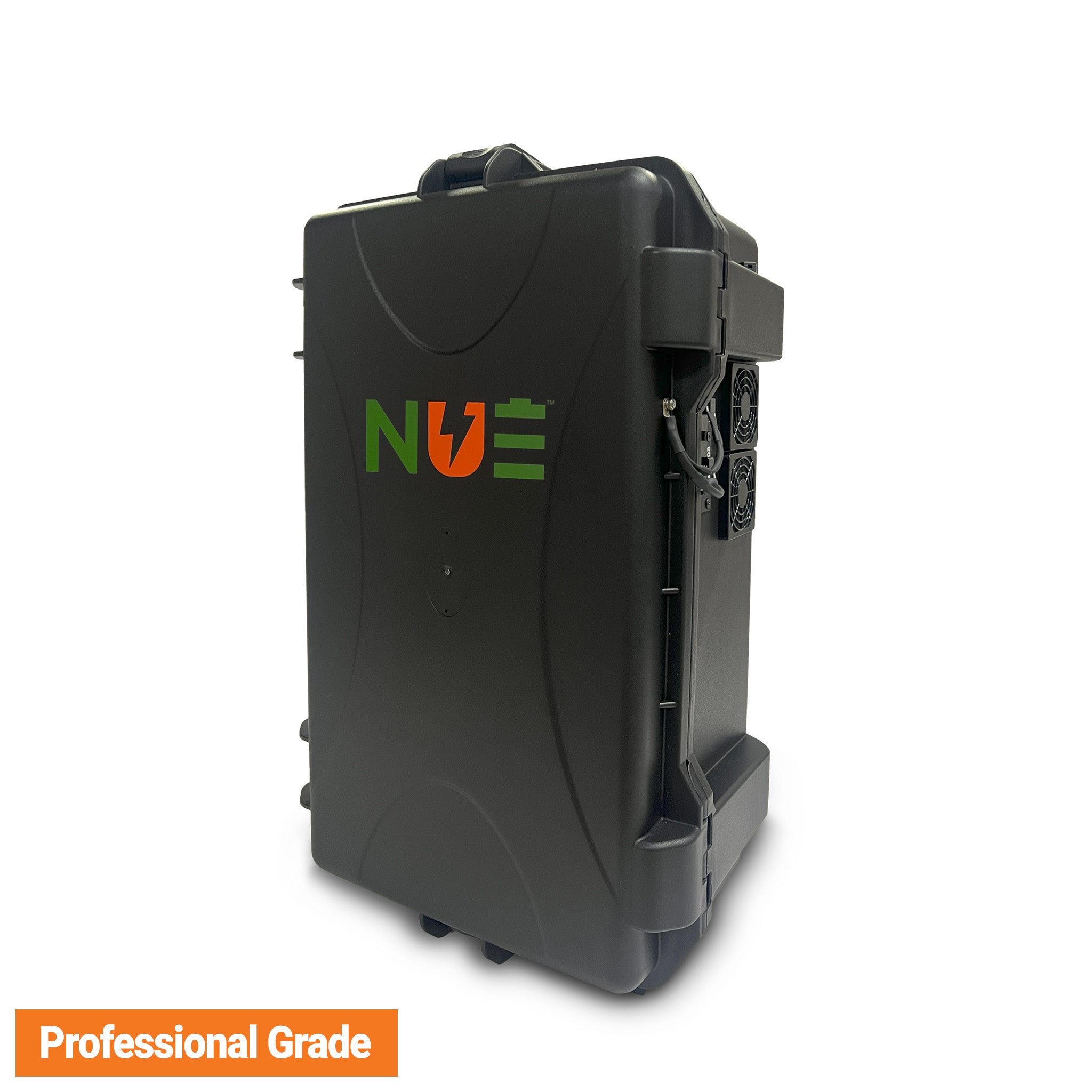
Power All Your Gear, Anywhere: Experience the Suncase 2425 Advantage
Suncase Series
Pro Grade
Rugged
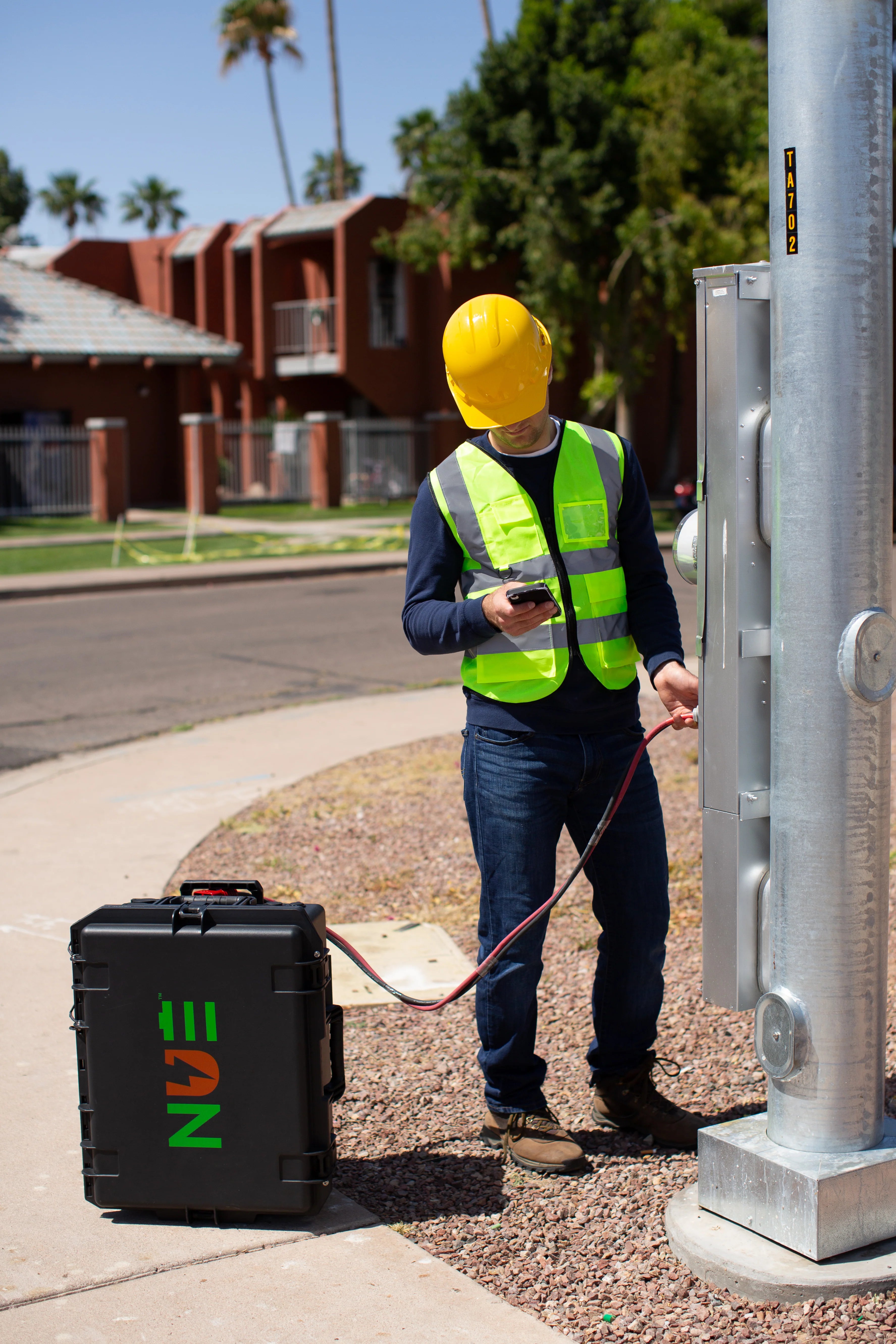
Suncase 2425
Suncase 2425 is Your Ultimate Field-Ready Power Solution
Built to last, engineered to power: Invest in the rugged Suncase 2425 today.
Portable Power
Rugged
Field-Tested

People asked
Please contact us with any further questions
Is it worth buying a portable power station?
What is the difference between a power bank and a portable power station?
Which is the best portable power station?
How long will a portable power station run?
Compare Products
| Price |
|---|
| SKU |
| Rating |
| Discount |
| Vendor |
| Tags |
| Weight |
| Stock |
| Short Description |
Compare Products
Need help
- Heading
- Heading
Description here
